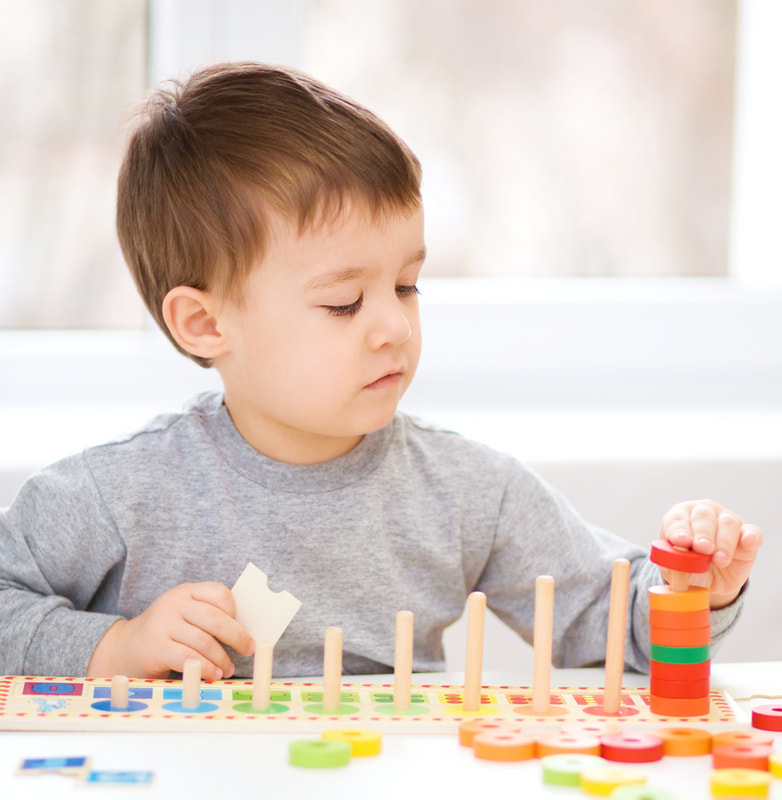Sentry Page Protection
Unit 2 Student Login 
Unit 2 Student Login
Welcome, (First Name)!
Enter Member Area
(Unit 2) Topic 4: Classifying and Sorting
1 Clock Hour of Early Childhood Education














